Pitch roll yaw and trim - Normal controls (nothing changes)
plane details : real Cessna cockpit controls
(other cockpit instruments arent added yet)
(colors/designs) available : blue , red
ACTIVATION :
1 is for night lights
2 is for the strobe lights
3 is for the taxi strobe lights
( you can also be the passenger at the back only by switching the camera )
how to switch to passenger mode :
1 change view to cam. 1
2 switch to auto pilot
about Cessna aircraft company :
Clyde Cessna, a farmer in Rago, Kansas, built his own aircraft and flew it in June 1911, the first person to do so between the Mississippi River and the Rocky Mountains. Cessna started his wood-and-fabric aircraft ventures in Enid, Oklahoma, testing many of his early planes on the salt flats. When bankers in Enid refused to lend him more money to build his planes, he moved to Wichita.[5]
Cessna DC-6
Cessna Aircraft was formed when Clyde Cessna and Victor Roos became partners in the Cessna-Roos Aircraft Company in 1927. Roos resigned just one month into the partnership selling back his interest to Cessna.[6] In the same year, the Kansas Secretary of State approved dropping Roos's name from the company name.[7]
The Cessna DC-6 earned certification on the same day as the stock market crash of 1929, October 29, 1929.[7]
In 1932 the Cessna Aircraft Company closed its doors due to the Great Depression.
However the Cessna CR-3 custom racer took its first flight in 1933. The plane won the 1933 American Air Race in Chicago and later set a new world speed record for engines smaller than 500 cubic inches by averaging 237 mph (381 km/h).[7]
Cessna's nephews, Dwane Wallace and his brother Dwight, bought the company from Cessna in 1934. They reopened it and began the process of building it into what would become a global success.[8]
Cessna C-34 at Blackpool (Squires Gate) Airport in 1950
The Cessna C-37 was introduced in 1937 as Cessna's first seaplane when equipped with Edo floats.[7] In 1940, Cessna received their largest order to date, when they signed a contract with the U.S. Army for 33 specially equipped Cessna T-50s. Later in 1940, the Royal Canadian Air Force placed an order for 180 T-50s.[9]
Cessna returned to commercial production in 1946, after the revocation of wartime production restrictions (L-48) with the release of the Model 120 and Model 140. The approach was to introduce a new line of all-metal aircraft that used production tools, dies and jigs rather than the hand-built process tube-and-fabric construction used before the war.[9][10]
The Model 140 was named by the US Flight Instructors Association as the "Outstanding Plane of the Year", in 1948.[9]
Cessna's first helicopter, the Cessna CH-1, received FAA type certification, in 1955.[11]
Cessna 172
Cessna introduced the Cessna 172 in 1956. It became the most produced airplane in history.[11]
In 1960 Cessna affiliated itself with Reims Aviation of Reims, France.[12] In 1963 Cessna produced its 50,000th airplane, a Cessna 172.[12]
Cessna's first business jet, the Cessna Citation I performed its maiden flight on September 15, 1969.[12]
Cessna produced its 100,000th single-engine airplane in 1975.[13]
In 1985 Cessna ceased to be an independent company. It was purchased by General Dynamics Corporation and became a wholly owned subsidiary. Production of the Cessna Caravan began.[14] General Dynamics in turn, sold Cessna to Textron, in 1992.[15]
Columbia-designed Cessna 350
Late in 2007, Cessna purchased the bankrupt Columbia Aircraft company for US$26.4M and would continue production of the Columbia 350 and 400 as the Cessna 350 and Cessna 400 at the Columbia factory in Bend, Oregon.[16][17] However, production of both aircraft had ended by 2018.
Specifications
General Characteristics
- Created On Android
- Wingspan 34.2ft (10.4m)
- Length 29.4ft (9.0m)
- Height 13.1ft (4.0m)
- Empty Weight N/A
- Loaded Weight 4,715lbs (2,139kg)
Performance
- Horse Power/Weight Ratio 0.212
- Wing Loading 21.5lbs/ft2 (104.8kg/m2)
- Wing Area 219.6ft2 (20.4m2)
- Drag Points 4935
Parts
- Number of Parts 87
- Control Surfaces 5
- Performance Cost 426

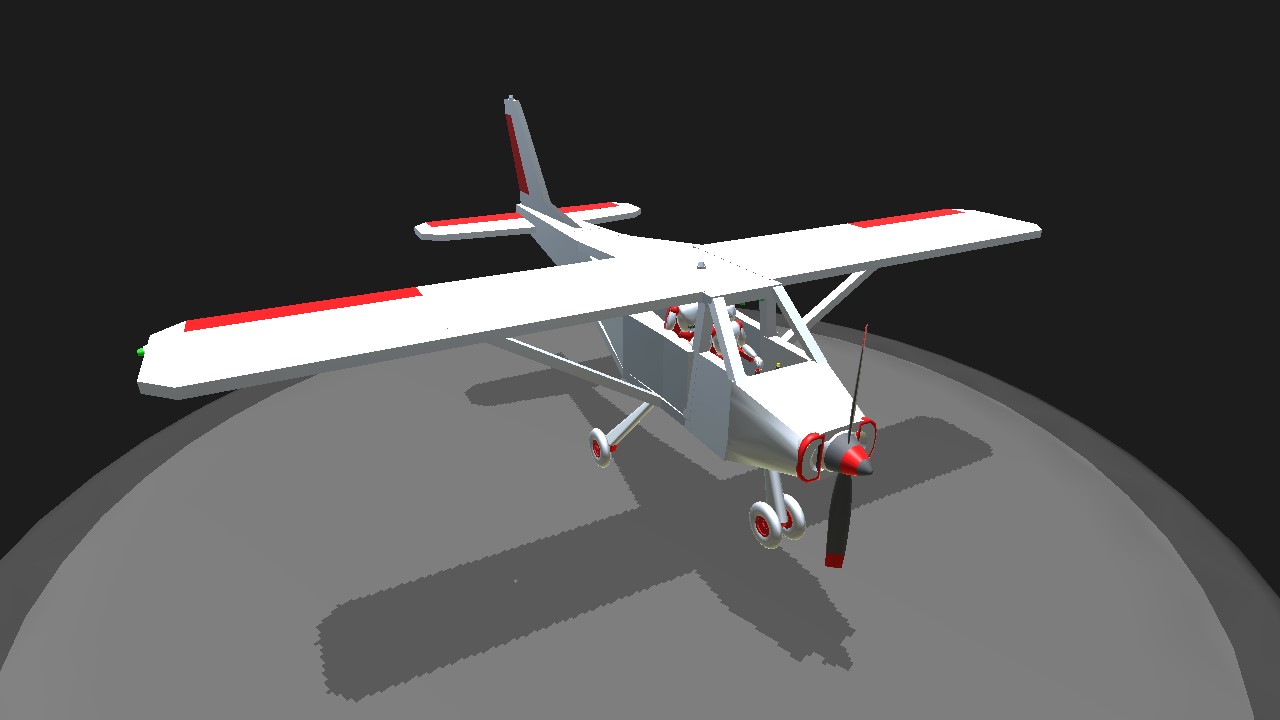
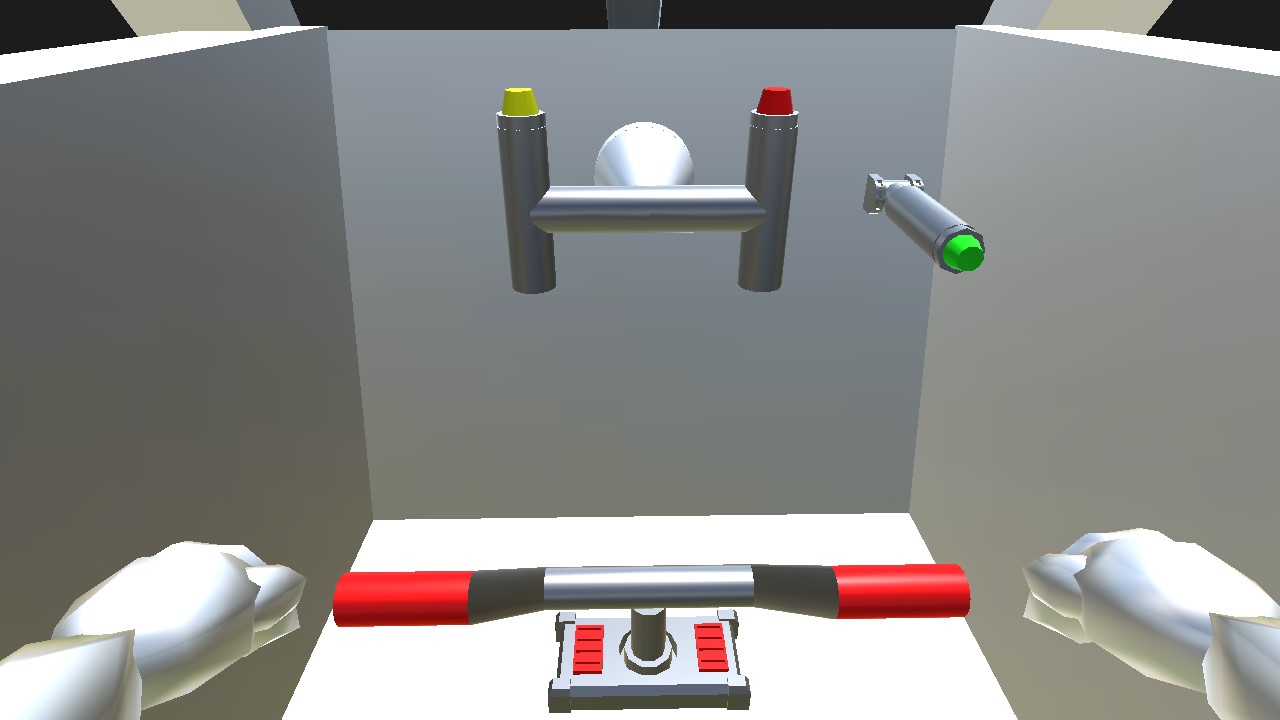

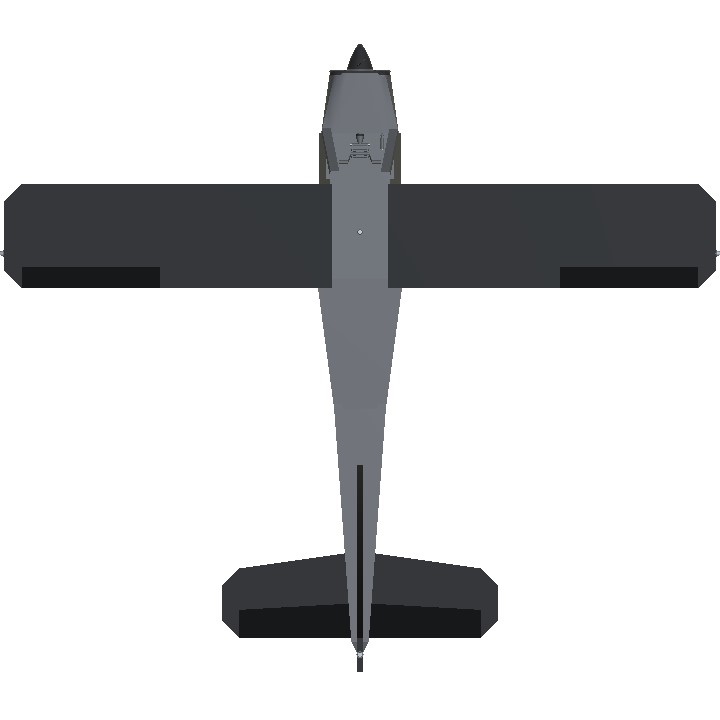
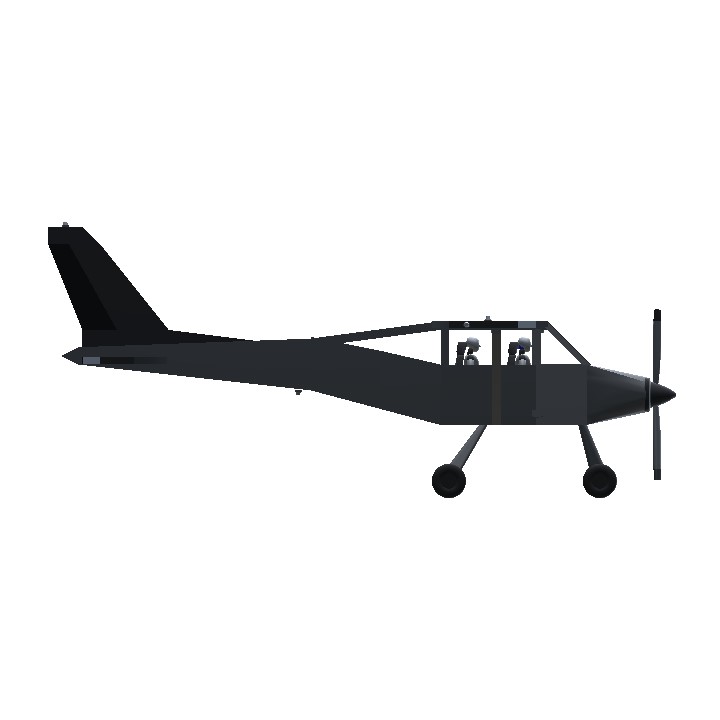
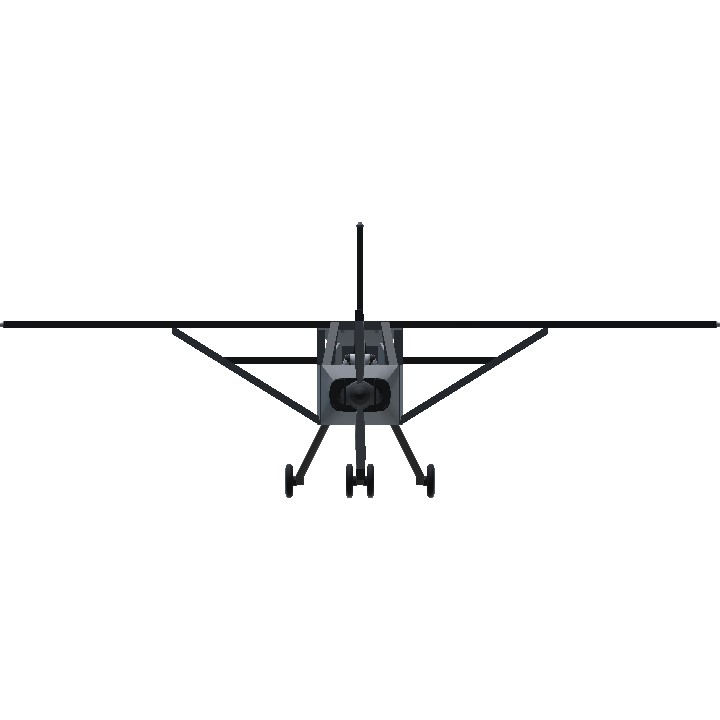
Chenxiang XD
@Chenxiang just add some hashtag before you wrote them
example
word
@Viper3000ad thank you mate!!!
Nice civilian thematology.
@Tums thanks!!!! Ill try to make it better
Ok, I was looking at pictures of a cessna(since I’m not familiar) great job with the cockpit and shape! My one suggestion would be to make it slightly smoother on the sides, and maybe put the weight a wee bit back, but honestly this is fine as is.
@Tums aww thanks mate
This is great work for mobile!!